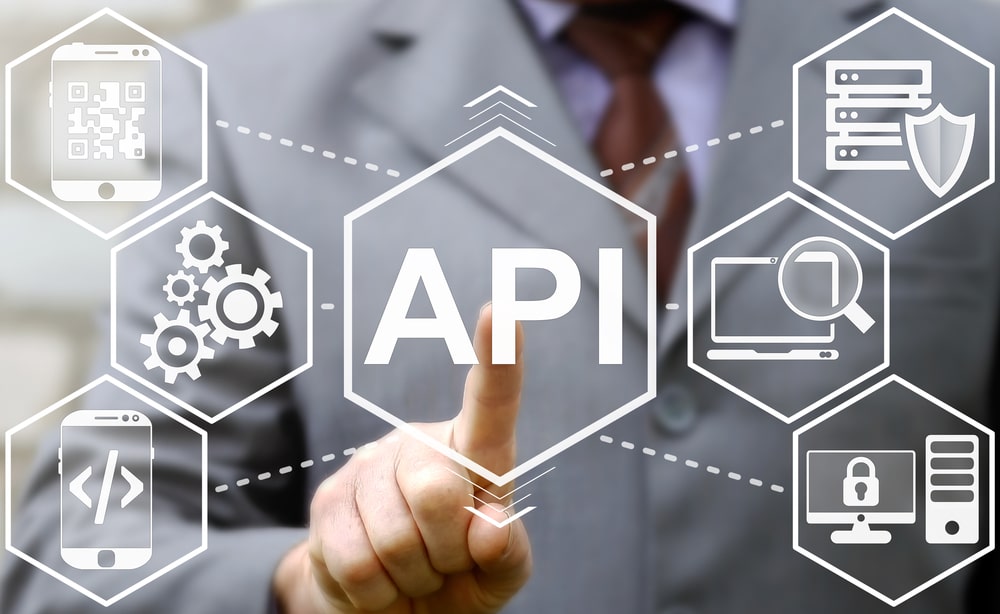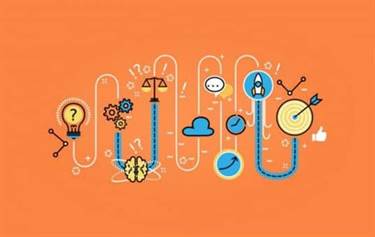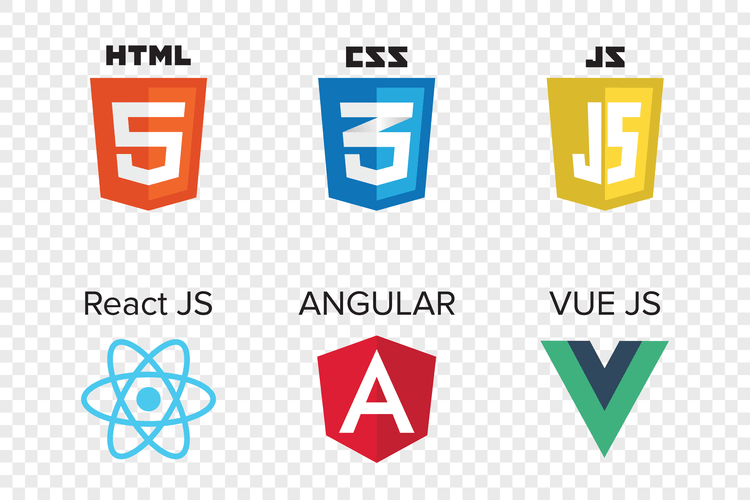Both strategies have their pros and cons, but one key issue that units them aside is responsiveness. In terms of speed and effectivity, cloud computing has a transparent edge over Fog computing. All three computing frameworks—cloud, fog, and edge offer distinctive benefits to businesses relying on their requirements.
- In terms of velocity and effectivity, cloud computing has a transparent edge over Fog computing.
- In cloud computing, the info generated by IoT devices is transmitted to cloud servers via the web for analysis and storage.
- Fog computing is a new computing mannequin the place cloud and edge units work together to fulfill applications’ efficiency, latency, and scalability necessities.
- Their purpose is to support resource-intensive IoT apps that require low latency.
- To counter this concern, the collected information has to pass a fog layer earlier than reaching the cloud.
With cloud computing, a central network of storage and processing sources is used, sometimes comprising thousands or even millions of nodes. On the other hand, fog computing extends cloud computing and services to the edge of an enterprise’s community, enabling real-time data analysis and decision-making. It processes knowledge directly on gadgets on the supply, guaranteeing excessive operational speed and efficiency.
Cloud computing is geo-distributed, that means that it depends on a network of cloud servers that are typically unfold out throughout multiple geographical areas. On the opposite hand, cloud computing presents centralized knowledge administration and pay-as-you-go models. This makes it an easy-to-implement and cost-efficient option for companies, specifically SMBs. So, it’s not easy to govern useful knowledge compared to cloud computing with centralized data processing. Fog computing relies on a distributed structure with numerous edge units and fog nodes. Scalability is achieved by including more edge units and fog nodes to the network.
What Is Could Computing?
Cloud computing presents challenges in knowledge privateness and safety, as sensitive knowledge is transmitted and stored in distant knowledge centers. Cloud suppliers typically employ security measures, such as encryption and access controls, but the data is finally entrusted to the cloud provider’s infrastructure. However, fog computing is a extra https://www.globalcloudteam.com/ viable choice for managing high-level security patches and minimizing bandwidth points. Fog computing permits us to find knowledge on each node on native resources, thus making data evaluation more accessible. It controls what info should be despatched to the server and can be processed locally.
One of the primary advantages is decreased latency by processing information closer to the source. Fog computing and edge computing have several advantages over conventional cloud computing, notably in relation to processing knowledge in real-time. They rely on a community of sensors and gadgets located all through a city to gather data and make selections about tips on how to optimize city companies and infrastructure. The fog layer supplies further safety measures to edge devices, similar to encryption and authentication. This helps to guard sensitive data from unauthorized entry and cyberattacks. Cloud computing suffers from higher latency than fog computing as a outcome of data has to journey back and forth from the info heart, which can take a longer time.
To counter this issue, the collected data has to move a fog layer before reaching the cloud. With cloud providers like AWS, Google Cloud, Microsoft Azure, Oracle Cloud, and a lot of more, now cloud computing is not a new terminology on the planet of technology. He can additionally be the founder of Nikasio.com, which offers multiple companies in technical training, project consulting, content material growth, and so forth. When leveraged neatly, these computing frameworks can empower businesses to boost operational efficiency and foster correct decision-making, finally accelerating revenue advertising efforts. Cloud is definitely centralized and accommodates lots of knowledge that could presumably be positioned all around the globe, removed from shopper units.
It lets you save more knowledge than the other two with restricted processing power. Cloud computing contains the delivery of computing companies, together with data storage, servers, networking, analytics, and intelligence over the Internet. Fog networks rely on a decentralized method, with techniques on the network’s edge, corresponding to sensors or devices, storing and processing information. Fog computing is a more decentralized type of cloud computing whereby the computing technology is between a cloud and a knowledge source or another information heart. Such nodes are typically much nearer to gadgets than centralized data centers in order that they will present immediate connections.
Understanding Iot Initiatives And Their Requirements
Moreover, it could possibly better support real-time purposes that require quick entry to giant amounts of information. Fog computing, generally known as fog networking, is a system for integrating and processing data that operates at the network degree quite than at the centralized cloud stage. This differentiates it from traditional cloud computing, which is mostly centralized in a single location. To gain a greater understanding of how fog computing and cloud computing are applied in real-world IoT initiatives, let’s discover some examples.

In wrapping up our exploration of the differences between Edge Computing and Fog Computing, it’s evident that each ideas are revolutionizing how we process and utilize data. Edge computing is moving some computing duties to the edge of a network close to the place the information originates. We at Seaflux are your devoted companions in the ever-evolving landscape of Cloud Computing. Whether you are contemplating a seamless cloud migration, exploring the possibilities of Kubernetes deployment, or harnessing the facility of AWS serverless architecture, Seaflux is here to paved the way.
One of the approaches that can fulfill the calls for of an ever-increasing variety of connected devices is fog computing. It makes use of the native quite than distant laptop assets, making the efficiency more environment friendly and highly effective and reducing bandwidth points. This kind of fog computing combines each client-based and server-based fog computing. Hybrid fog computing is good for purposes that require a mix of real-time processing and high computing power.
The Fog layer processes the info and decides as to which information is relevant, and which isn’t. This pre-processing of information ensures, that only required data is shipped to the cloud. However, fog computing requires more infrastructure, which may be costly to arrange and maintain. Additionally, cloud computing is extra flexible as a end result of it might be used at the facet of other kinds of networks. For these reasons, it’s unlikely that fog computing will completely exchange cloud computing.
Edge And Fog Computing Examples
In fog computing, the distributed nature of computation introduces complexities in managing numerous units and ensuring synchronization. Moreover, the restricted computing energy and reminiscence of edge devices may restrict the complexity of computations that can be performed. In cloud computing, knowledge privacy and security considerations come up because of the transmission and storage of sensitive information on distant servers. Additionally, reliance on the web introduces latency and the danger of service disruptions in case of network outages. Edge computing and fog computing are two complementary computing models which are designed to address the challenges of processing and analyzing data in actual time.

Fog computing, also identified as edge computing, is a decentralized computing model that brings computation and information storage closer to the edge units. In fog computing, the processing and analysis of data occur on gadgets located near the info source, such as gateways or edge servers. Firstly, fog computing reduces latency by processing knowledge regionally, enabling real-time decision-making.
Edge computing brings computing closer to the supply of knowledge, whereas fog computing extends the capabilities of edge computing by offering additional computing sources and services to edge gadgets. Both models have many practical applications in at present’s digital age and can play an increasingly essential function in the method forward for computing. Both make the most of networks of data centers that are distributed throughout totally different areas, permitting for increased mobility and adaptability in accessing data.

It doesn’t substitute cloud computing but enhances it by getting as close as potential to the supply of data. One should notice that fog networking just isn’t a separate structure and it doesn’t replace cloud computing but rather complements it, getting as close to the supply of data as possible. Connecting your organization to the cloud, you get access to the above-mentioned services from any location and by way of completely different devices. Moreover, there isn’t a want to take care of local servers and fear about downtimes — the vendor helps every thing for you, saving you money. They rely on sensors and cameras situated throughout the automobile to gather information and make choices about how to navigate and operate the vehicle.
Difference Between Edge, Fog, And Cloud Computing
While fog computing has some advantages over cloud computing, it isn’t likely to exchange it totally. Fog computing is more environment friendly because knowledge is processed closer to the source, which reduces latency. It is also more secure as a outcome of knowledge does not need to journey as far and is, therefore, less prone to be intercepted.

In advocating one know-how over the opposite, supporters point to a slim set of variations. That “narrow set of variations” remains to be sufficient, however, to warrant a distinction. RedSwitches Is a world fog vs cloud computing hosting provider offering Dedicated Servers, Infrastructure As a Service, Managed Solutions & Smart Servers in 20 global areas with the latest hardware and premium networks.
